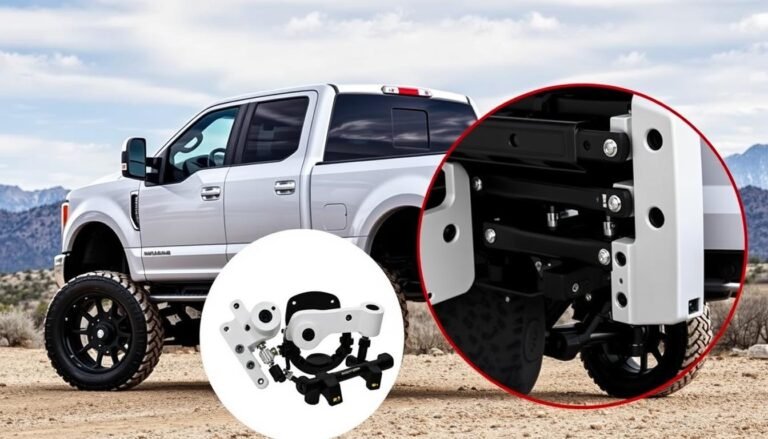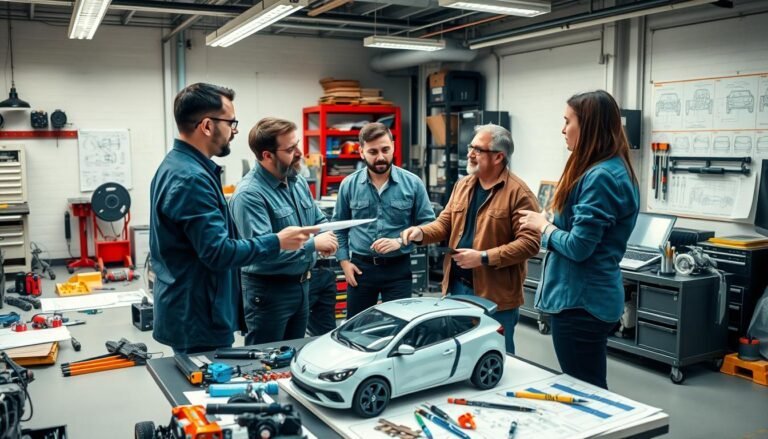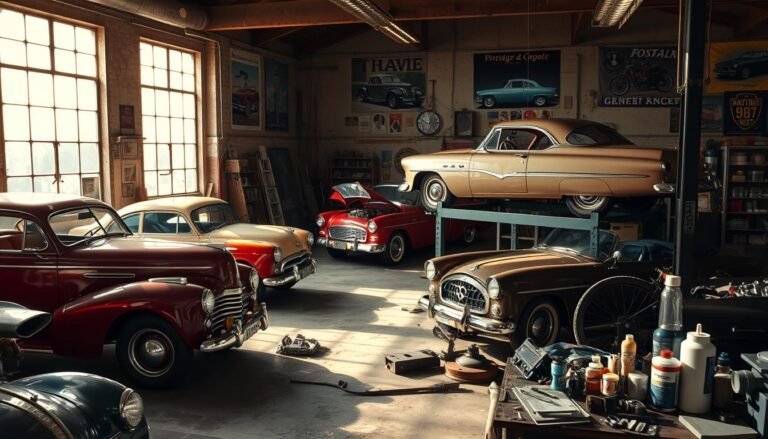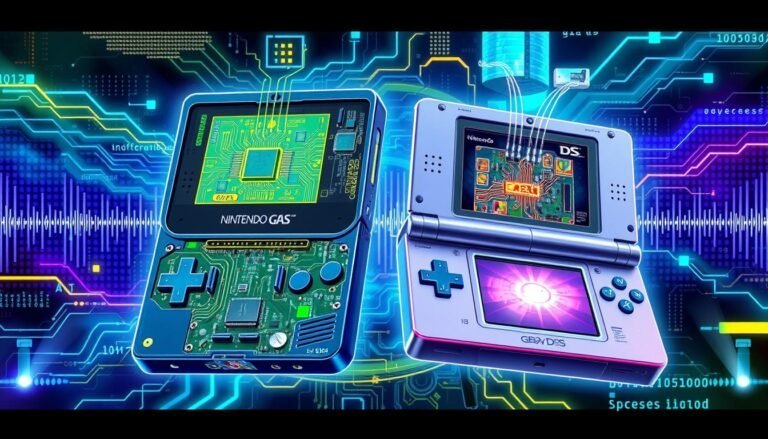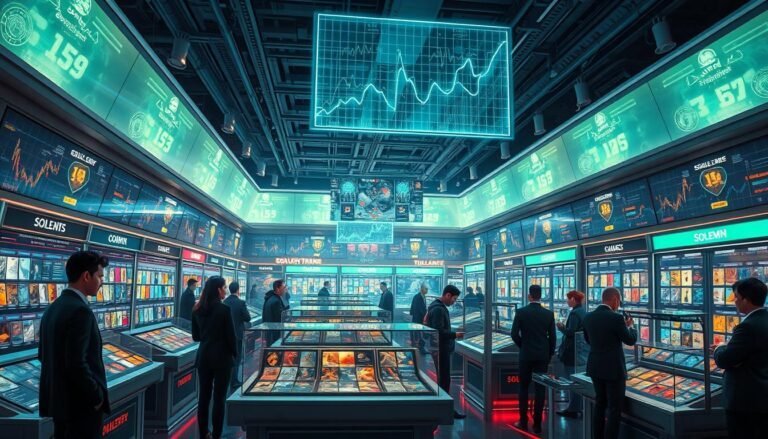
Have you ever wondered why Ford does not use Tesla Glass? Tesla is best known for its leading-edge car tech, including special glass. Ford, however, chooses old-school glass making. But what’s behind Ford’s choice, and how does that differ from Tesla’s? Let’s dive into this interesting tale of Ford’s glass tech decisions.
Understanding Tesla’s Glass Technology Innovation
Tesla is a top name in the car world, thanks to its electric cars and new glass tech. This section discusses what makes Tesla’s glass tech stand out from the rest.
Tesla’s Proprietary Glass Manufacturing Process
Tesla’s glass tech starts with a unique way of making glass. They use new methods to create glass that’s stronger, clearer, and better at keeping heat out. It shows Tesla’s dedication to innovations that break new ground for automotive glass.
Key Features of Tesla’s Armored Glass
Performance Benefits of Tesla’s Glass Solution
Tesla leads the way in automotive glass innovations with its focus on performance, safety, and sustainability. Its unique glass-making process and top-notch glass features are changing the game in car glass.
Read Also: What is Oko Satellite Game? A Beginner’s Guide to This Addictive Space Adventure
Ford’s Traditional Glass Manufacturing Approach
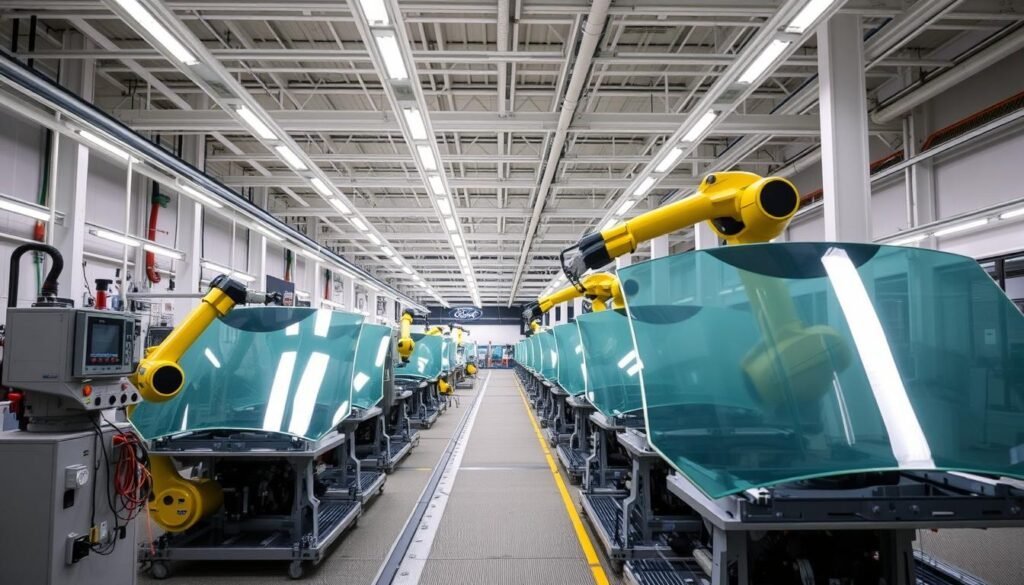
While Tesla has changed the car world with new glass technology, Ford sticks to old methods for windshield material and glass making. Ford’s methods have been improved over the years. They ensure that cars work well and are affordable.
Ford uses tempered safety glass for windshields. This glass is made strong by heating and cooling it fast. It breaks less easily when hit. Ford’s old ways of making glass are safe and last long, meeting safety rules.
Unlike Tesla’s advanced glass, Ford aims for a balance of cost, quality, and good supplier ties. Tesla’s glass might have cool features, but Ford’s better fits their cars and manufacturing process.
Ford uses traditional glass manufacturing to make quality cars. Its focus on tested methods and materials has helped it succeed for a long time.
Why Ford Does Not Use Tesla Glass
Ford has chosen not to use Tesla’s glass technology in its cars. This choice is based on several factors, including cost, technical challenges, and existing supplier ties.
Cost Implementation Factors
Switching to Tesla’s glass tech is expensive for Ford. The cost of Tesla glass implementation might need to be lowered. Ford aims to keep prices low and profits high, so they stick with traditional glass.
Technical Integration Challenges
Adding Tesla’s glass tech to Ford’s cars could be tricky. Ford does not use Tesla Glass because of compatibility issues. Ford values the reliability of its current glass systems over Tesla’s new tech.
Existing Supplier Relationships
Ford has strong ties with glass suppliers. Switching to Tesla’s tech could upset these relationships, and the cost of implementing Tesla Glass might not be worth the risk.
Ford sticks with traditional glass making, which lets them use their knowledge, supplier networks, and cost structure. Tesla’s glass tech is innovative, but Ford focuses on practicality and maintaining good business relationships.
Comparing Safety Standards: Ford vs Tesla Glass

Ford and Tesla have different ways of making their cars safe. Let’s compare their safety standards. Ford uses traditional tempered glass, a tried-and-true method that meets strict safety rules from the National Highway Traffic Safety Administration (NHTSA) and the Federal Motor Vehicle Safety Standards (FMVSS).
Tesla, however, has its special glass. This glass is made to handle more impact than regular glass. Tesla says it meets all safety rules and goes beyond what’s needed.
Ford and Tesla Glass’s vehicle safety standards are key for car buyers. The Ford and Tesla Glass comparison shows how these leaders tackle car safety.
Cost Analysis: Traditional vs Tesla Glass Implementation
Choosing between traditional and Tesla’s advanced car glass technology involves considering costs. We’ll examine what affects the prices of these two options.
Manufacturing Expenses
Traditional glass-making is often more labor-intensive and resource-heavy. This means higher upfront costs for car makers, who need to spend on equipment, facilities, and skilled workers.
Tesla’s proprietary glass manufacturing process uses advanced automation, which could lower the cost of implementing Tesla glass.
Long-term Maintenance Considerations
The maintenance costs for glass over a car’s life are essential. Traditional glass might get cracks and chips and wear more quickly, meaning more frequent replacements or repairs.
Tesla’s advanced glass technology is made to last longer. It’s more durable and might need less maintenance over time.
Consumer Price Impact
The costs for car makers affect what you pay as a buyer. The choice between traditional and advanced glass manufacturing has different costs, but the price you pay is key.
Car makers must balance manufacturing costs, maintenance needs, and what’s best for them.
Ford’s Current Glass Supplier Partnerships
While Tesla leads in glass innovation, Ford sticks with traditional suppliers. This choice helps Ford keep costs down and quality high. It’s all about finding the right balance.
Ford works with top glass makers, each bringing something special to the table. This partnership helps Ford stay ahead in glass tech, making cars safer and better.
Some of Ford’s key glass supplier partners include:
Ford’s partnerships give it a strong market position. Tesla’s glass production is unique, but Ford’s suppliers offer reliable, affordable options which meet customer needs well.
Impact on Vehicle Performance and Efficiency
The type of glass used in vehicles can significantly affect their performance and energy use. Ford uses traditional glass methods, while Tesla uses armoured glass. Both methods have their own benefits and drawbacks regarding weight, aerodynamics, and energy use.
Weight Considerations
Weight is a big deal for a car’s performance. Tesla’s use of thinner, lighter glass helps cars weigh less. It makes them faster, easier to handle, and more fuel-efficient.
Aerodynamic Effects
The design of a car’s glass affects its aerodynamics. Tesla’s vehicle safety standards-focused glass reduces air resistance. It makes the car more stable at high speeds and saves energy, especially on long drives.
Energy Efficiency Factors
By considering how a glass affects a car’s performance and energy use, makers like Ford and Tesla can make better cars. They aim to give drivers the best experience possible.
Conclusion
The future of car glass technology is exciting, with Ford and Tesla taking different paths. Tesla leads in new glass tech, while Ford sticks with what works. The choice not to use Tesla’s tech concerns money, how it fits with their cars, and who they buy from.
Advanced glass could make cars safer and better and use less energy. As cars keep changing, Ford might start using newer glass tech, which would mix new ideas with their current suppliers.
The future of automotive glass depends on finding the best balance. The comparison between Ford’s and Tesla’s glass shows the value of smart choices. It’s about making cars safer, more efficient, and better for the planet.
Frequently Asked Questions
What is the key difference between Ford’s and Tesla’s glass technology?
Ford sticks to traditional glass making. On the other hand, Tesla has its unique glass technology, including armoured glass.
Why does Ford choose not to use Tesla’s glass technology in its vehicles?
Ford doesn’t use Tesla glass for several reasons, including cost, technical issues, and supplier ties.
How do the safety standards compare to Ford’s traditional and Tesla’s advanced glass?
Both Ford and Tesla meet high safety standards. But they use different ways and tech to get there.
What are the potential cost implications of implementing Tesla’s glass technology versus Ford’s traditional glass?
Tesla’s glass might cost more to make, but it could save money in the long run. This might also affect how much consumers pay.
How do Ford’s current glass supplier partnerships influence its decision not to use Tesla’s glass?
Ford’s stable partnerships with glass suppliers might hinder the adoption of Tesla’s new glass technology.
What are the potential impacts of different glass technologies on vehicle performance and efficiency?
Glass choice can change a car’s weight and how it moves through the air. Tesla’s glass might make cars lighter and more efficient.
Muhammad Naeem is a professional blogger and SEO consultant with expertise in creating high-quality content and optimizing websites for search engines with a passion for driving organic growth. As a blogging enthusiasts, we’re passionate about sparking conversations, fostering connections, and inspiring change through diverse perspectives.


